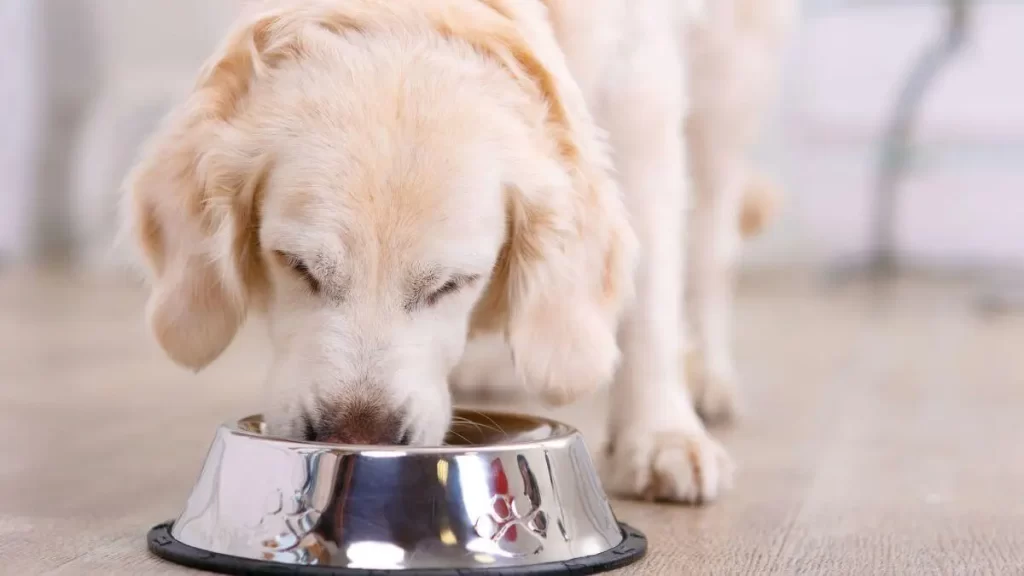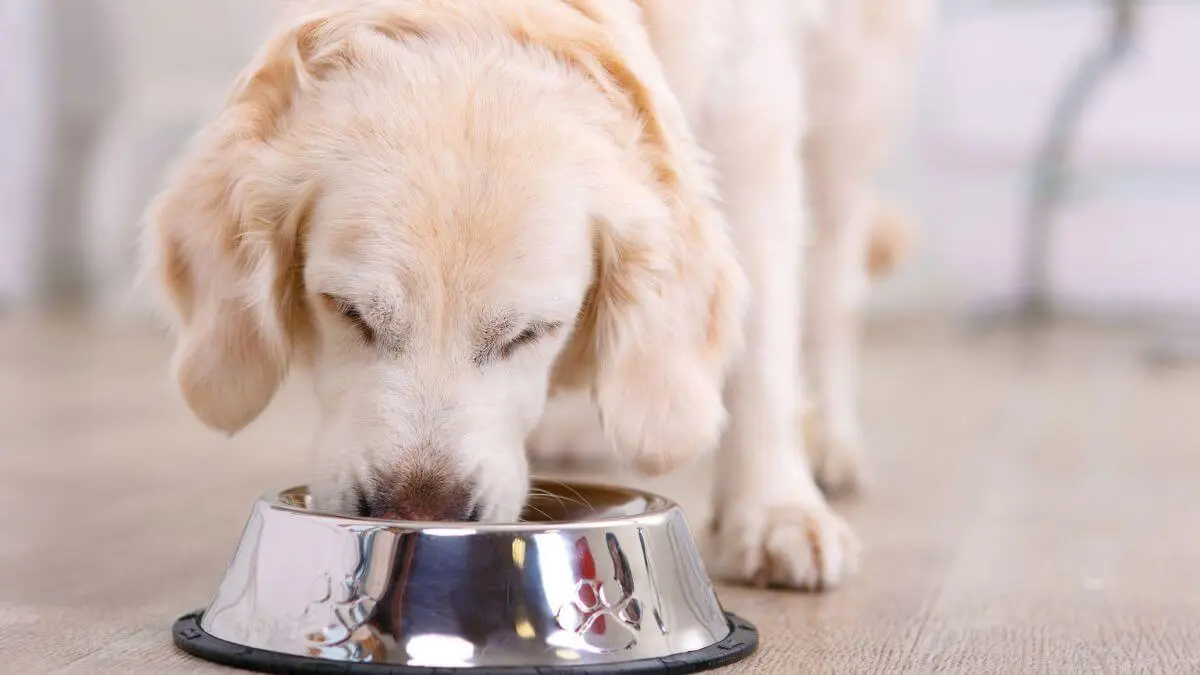Making changes to your pet’s diet can be stressful, both for you and your furry friend. However, switching foods too abruptly can upset their digestive system. The key is transitioning slowly. This allows their body to adjust to the new ingredients gradually. With patience and these tips, you can ease your pet onto a new food without any tummy troubles.

Content
Gradual Change is Best
When switching to a new pet food, start by mixing a small amount of the new food—about 10%—with your pet’s regular food. Over the next few days, slowly increase the ratio of new food while decreasing the amount of their old food. This lets their system get used to the different ingredients a little at a time. Continue mixing foods for at least 7-10 days before fully switching over. Go at your pet’s pace and don’t force the issue.
Mix it Up Properly
For even mixing, place the dry foods in separate containers and scoop out portions from each container with the same spoon for each meal. This ensures an even blend of old and new kibble. For wet foods, mix together in the same bowl before serving. Be sure to mix fresh portions for each meal rather than leaving food sitting mixed for long periods.
Watch for Signs of Trouble
During the transition, watch for any digestive upset like vomiting, diarrhea, or loss of appetite. If issues arise, slow the transition down even more by decreasing the ratio of new food for a few days. Resume increasing it once things settle. Discontinue the switch and call your vet if problems persist beyond a few days. It’s better to take it slow than cause ongoing stomach distress.
Consider Your Pet’s Unique Needs
The length of transition may vary depending on your pet’s age, health, and past diet history. Senior pets and those with digestive sensitivities may need an even gentler approach, transitioning over 2-4 weeks. Puppies and kittens can usually adjust faster at around 7-10 days. Pay attention to your individual pet and their reaction. Don’t hesitate to contact your vet if you have any concerns.
Sample Transition Schedule
Here is a sample schedule to follow when transitioning to a new dry dog or cat food:
Week 1:
- Day 1: 90% old food, 10% new food
- Day 2: 80% old food, 20% new food
- Day 3: 70% old food, 30% new food
- Day 4: 60% old food, 40% new food
- Day 5: 50% old food, 50% new food
Week 2:
- Day 6: 40% old food, 60% new food
- Day 7: 30% old food, 70% new food
- Day 8: 20% old food, 80% new food
- Day 9: 10% old food, 90% new food
- Day 10: 100% new food
Tips for Picky Eaters
If your pet is a finicky eater, try these additional tips:
- Top the new food with a small amount of their favorite healthy treat or mix in a little canned food for extra flavor and aroma.
- Feed in multiple smaller meals rather than one large portion to keep the appetite up.
- Try the boosie.co website for 100% organic plant-based pet foods to creatively disguise and flavor the new food.
- Be patient. It may take a few exposures to the new smell and taste before they warm up to it fully. Don’t give in to begging—stick to the schedule.
Conclusion
Gradually mixing the old and new foods over 7-10 days gives your pet’s digestive tract time to adjust without upset. Watch for signs they’re adapting well and slowly increase the new food ratio. You can transition your furry friend to a new diet that meets their nutritional needs with patience and care. Always consult your vet if you have concerns during the process. With the right approach, both you and your pet will feel good about the change.

Ruth is all about pet style. She’ll help you and your furry friend turn heads with the latest trends in pet fashion.

